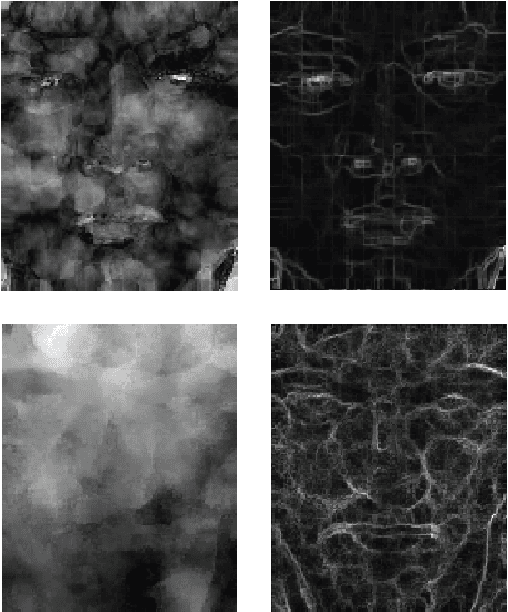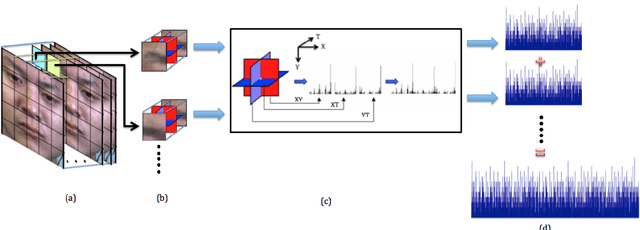Yee-Hui Oh
A Survey of Automatic Facial Micro-expression Analysis: Databases, Methods and Challenges
Jun 15, 2018



Abstract:Over the last few years, automatic facial micro-expression analysis has garnered increasing attention from experts across different disciplines because of its potential applications in various fields such as clinical diagnosis, forensic investigation and security systems. Advances in computer algorithms and video acquisition technology have rendered machine analysis of facial micro-expressions possible today, in contrast to decades ago when it was primarily the domain of psychiatrists where analysis was largely manual. Indeed, although the study of facial micro-expressions is a well-established field in psychology, it is still relatively new from the computational perspective with many interesting problems. In this survey, we present a comprehensive review of state-of-the-art databases and methods for micro-expressions spotting and recognition. Individual stages involved in the automation of these tasks are also described and reviewed at length. In addition, we also deliberate on the challenges and future directions in this growing field of automatic facial micro-expression analysis.
Spontaneous Subtle Expression Detection and Recognition based on Facial Strain
Jun 09, 2016



Abstract:Optical strain is an extension of optical flow that is capable of quantifying subtle changes on faces and representing the minute facial motion intensities at the pixel level. This is computationally essential for the relatively new field of spontaneous micro-expression, where subtle expressions can be technically challenging to pinpoint. In this paper, we present a novel method for detecting and recognizing micro-expressions by utilizing facial optical strain magnitudes to construct optical strain features and optical strain weighted features. The two sets of features are then concatenated to form the resultant feature histogram. Experiments were performed on the CASME II and SMIC databases. We demonstrate on both databases, the usefulness of optical strain information and more importantly, that our best approaches are able to outperform the original baseline results for both detection and recognition tasks. A comparison of the proposed method with other existing spatio-temporal feature extraction approaches is also presented.
* 21 pages (including references), single column format, accepted to Signal Processing: Image Communication journal
 Add to Chrome
Add to Chrome Add to Firefox
Add to Firefox Add to Edge
Add to Edge